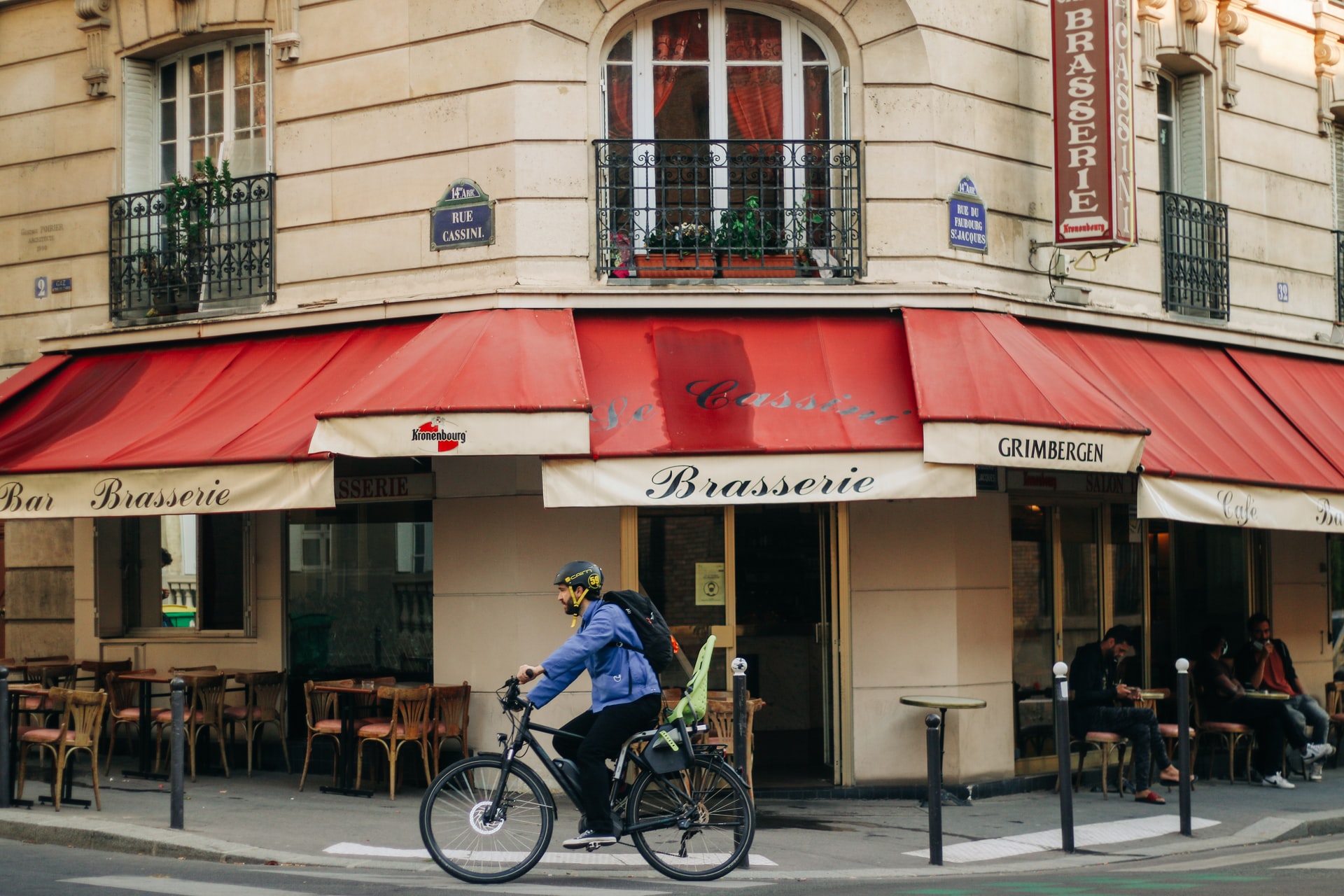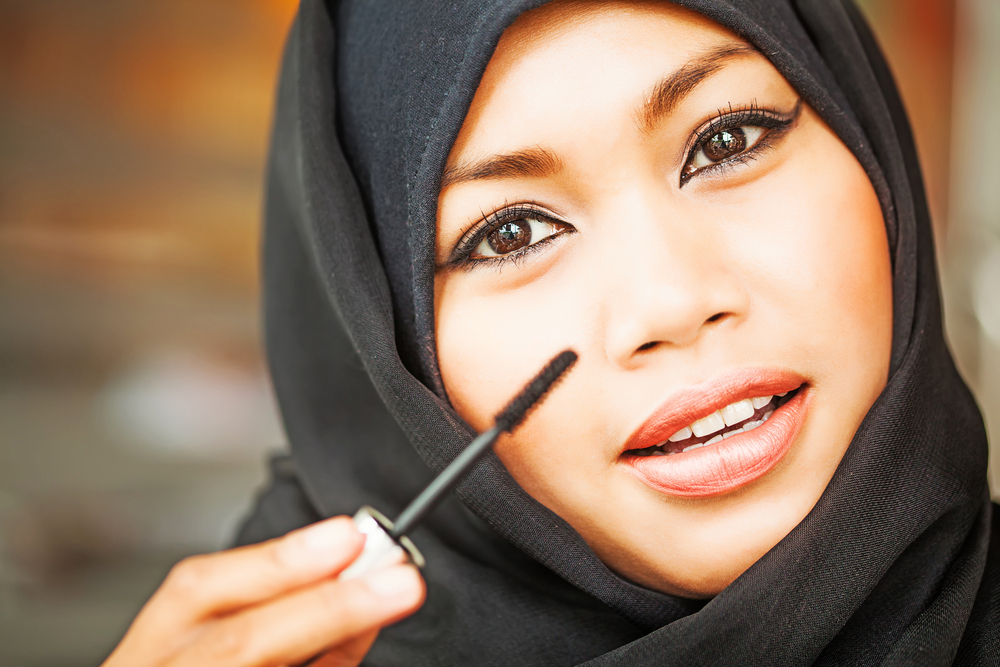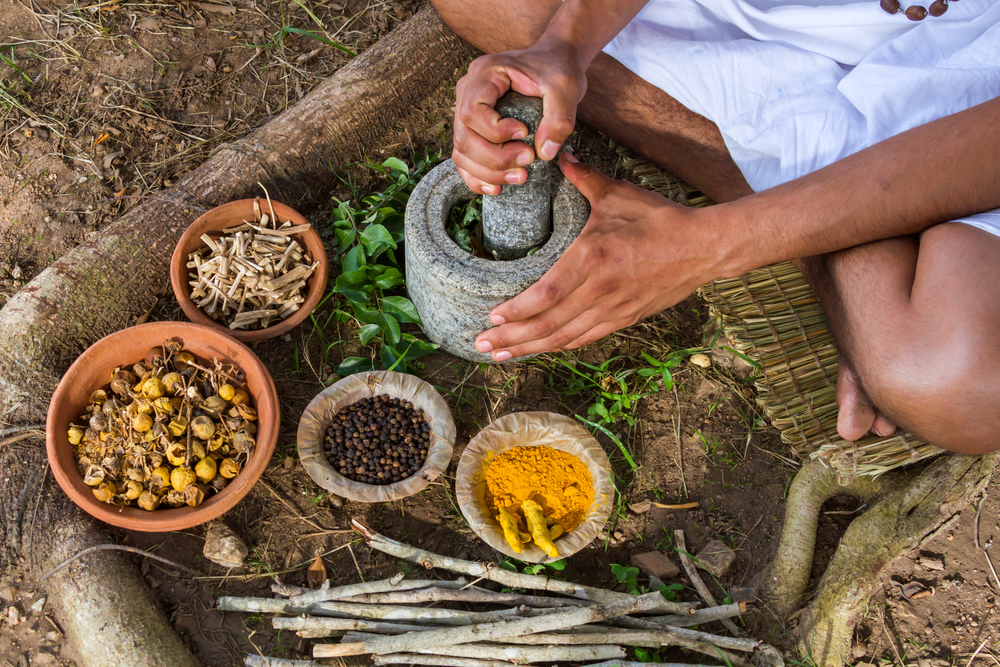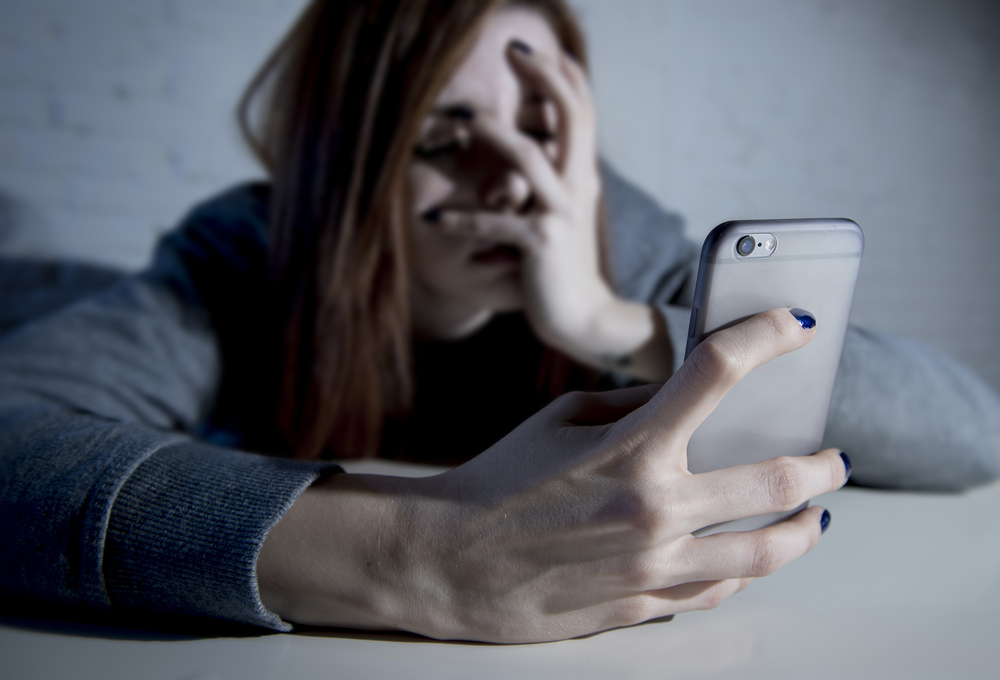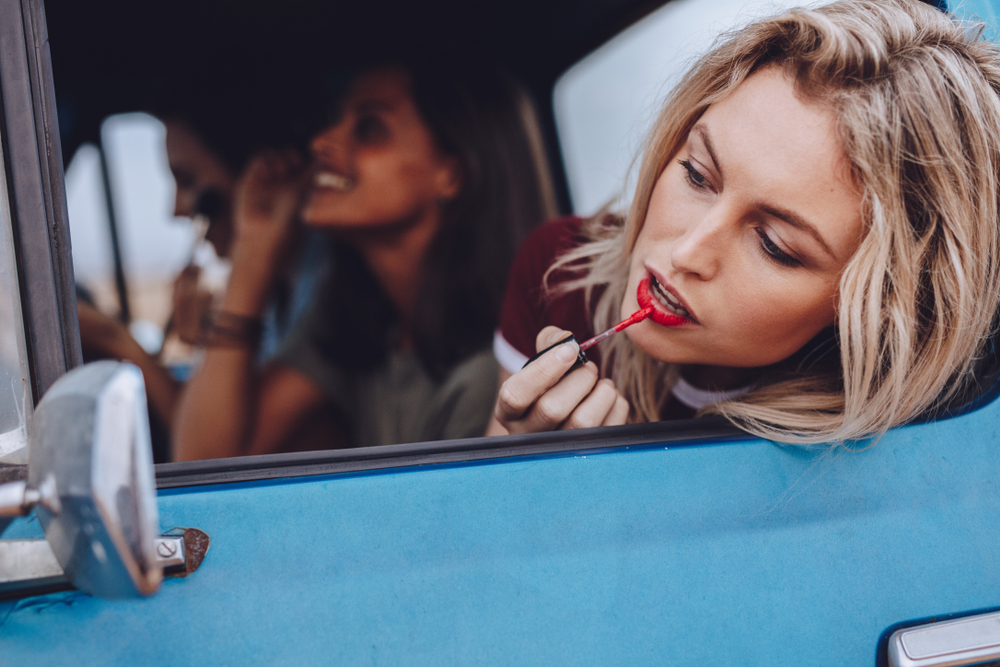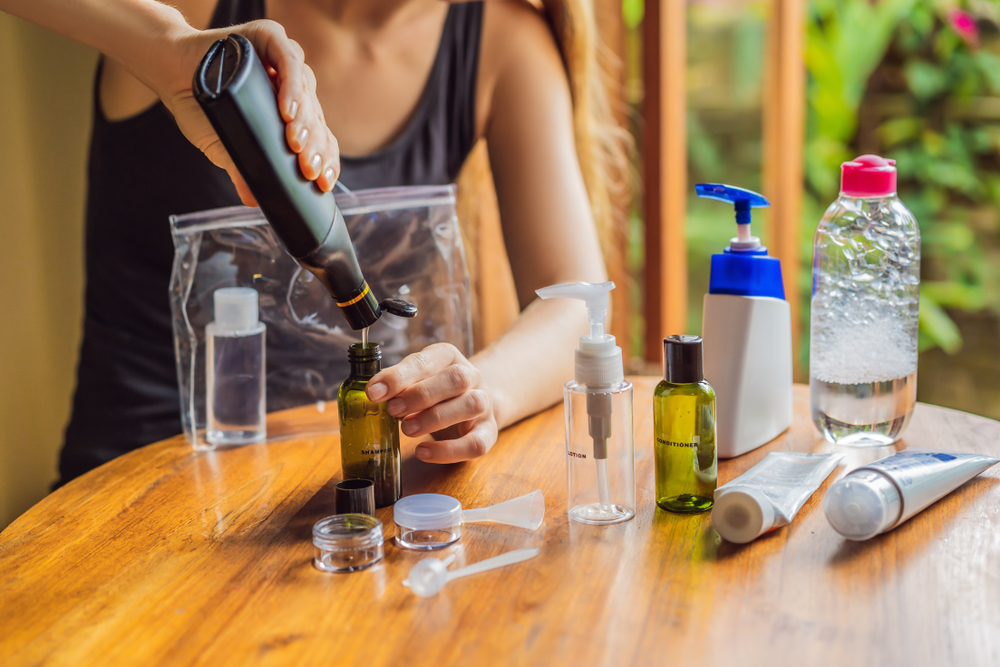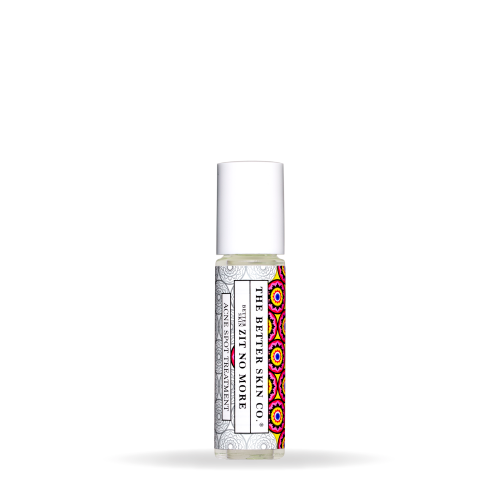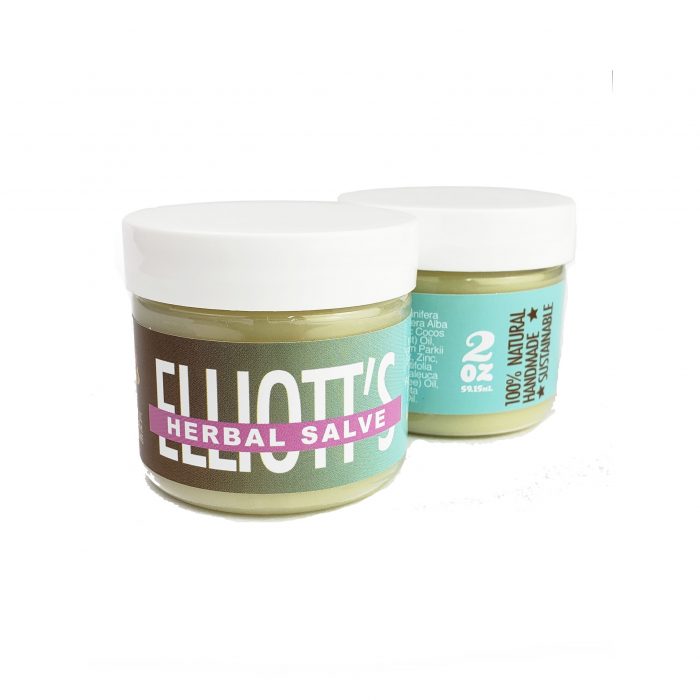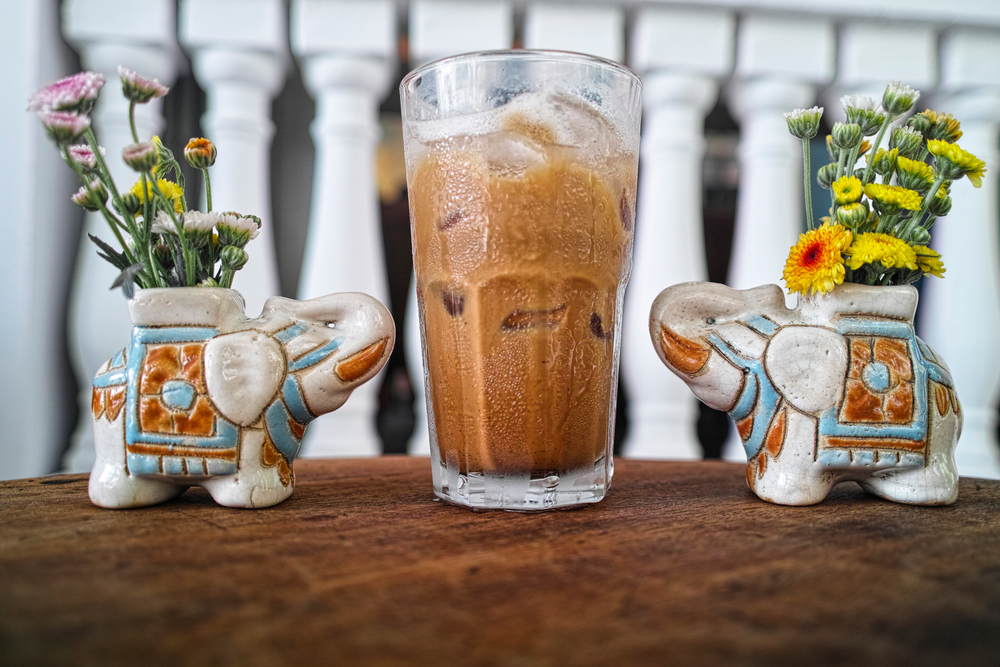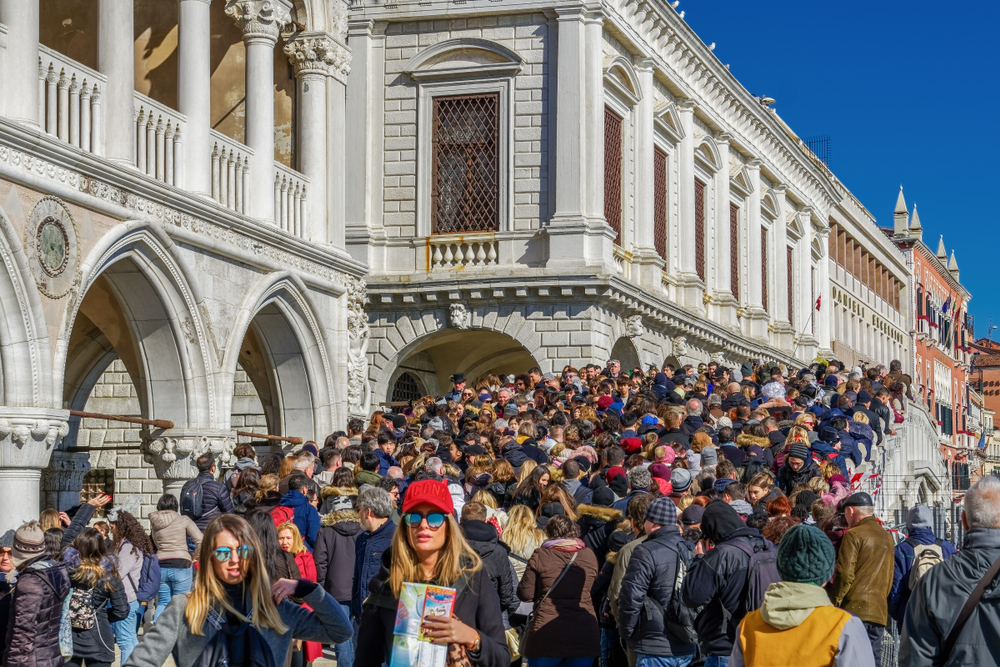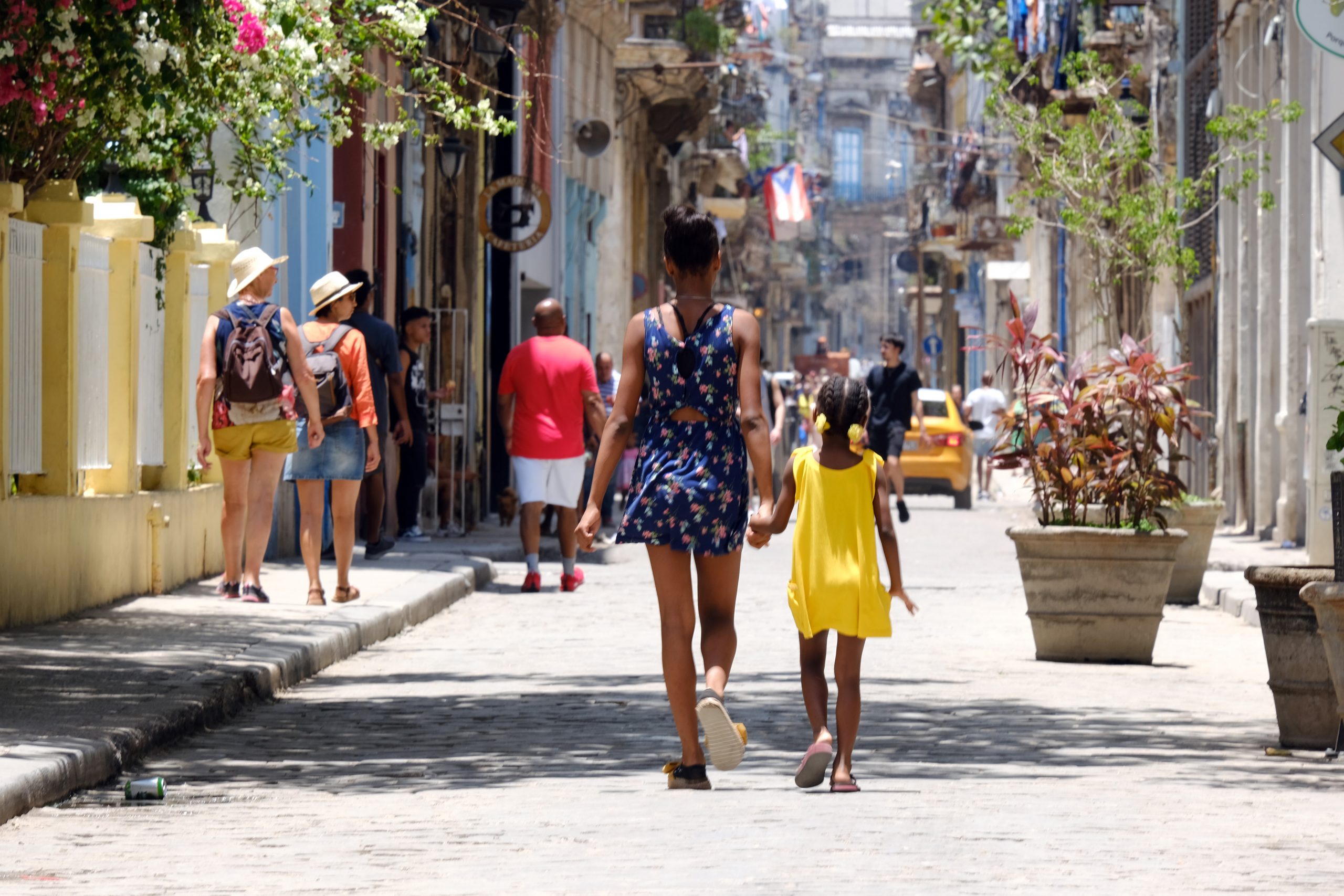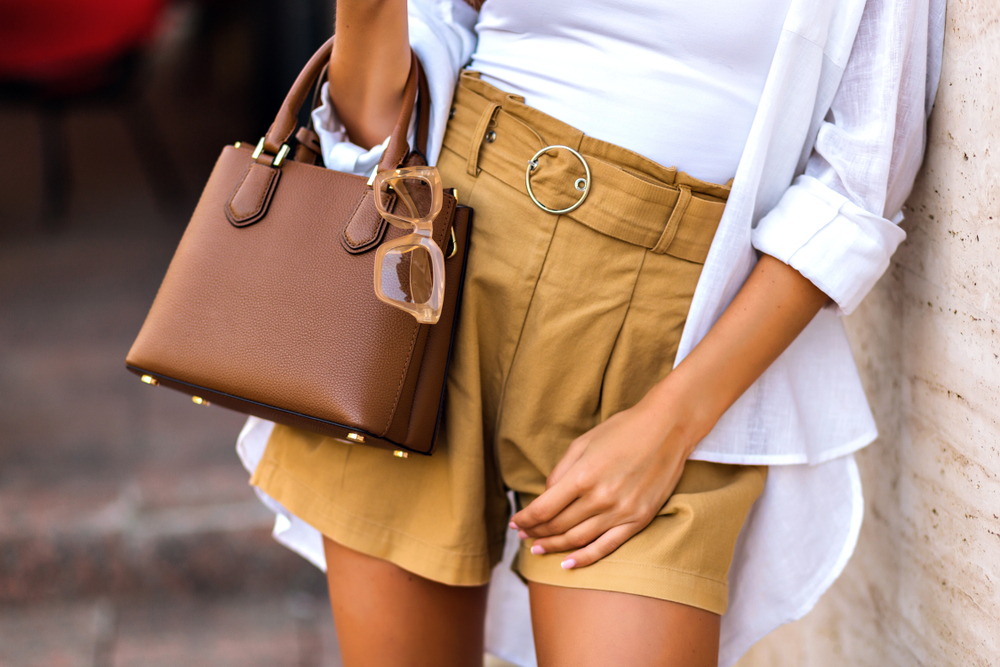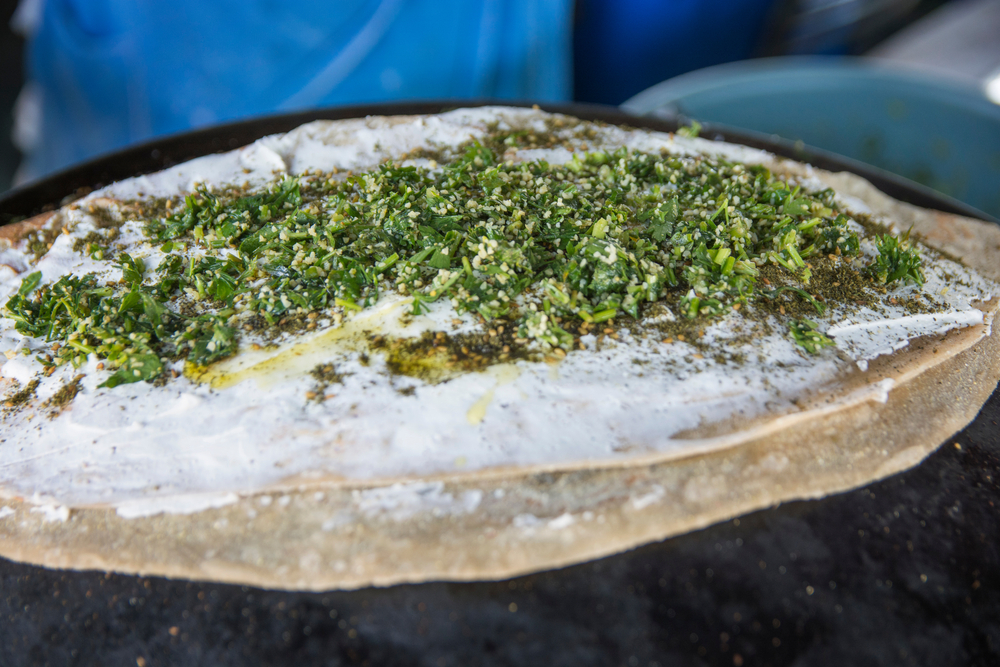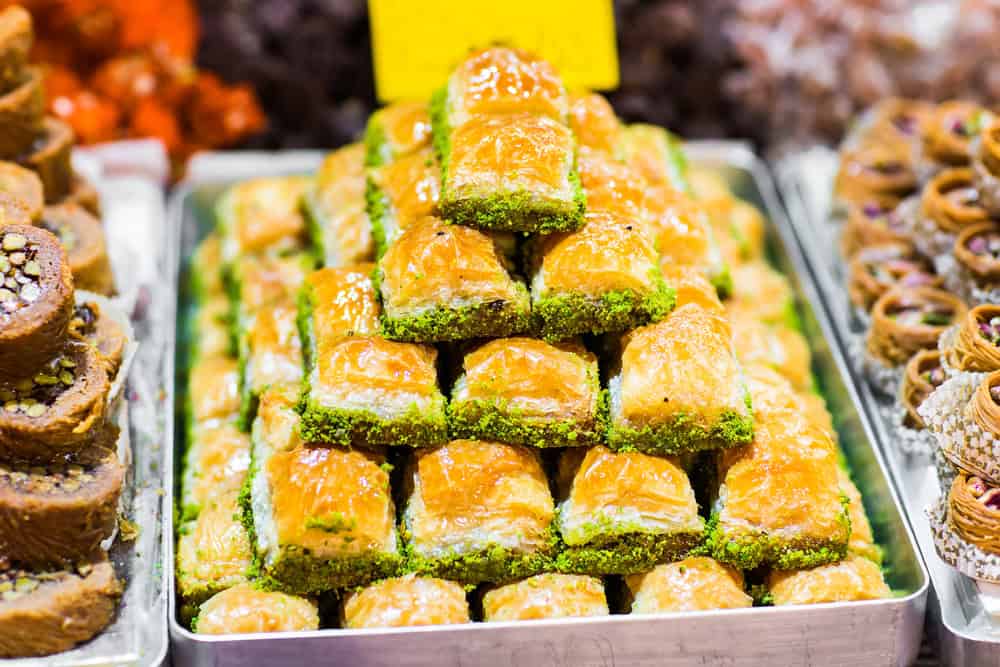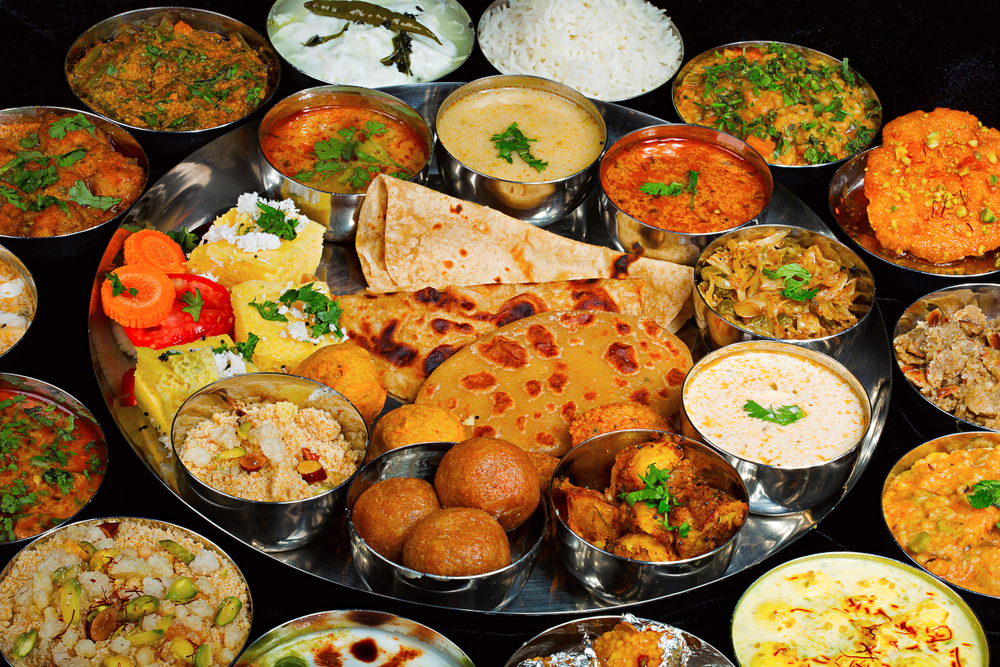Are you looking for a travel experience that is inclusive, accessible and sustainable?
Katie and Reigh have a vision to create a Queer and Black owned Bed and Breakfast in the picturesque town of Golden, Canada. While Katie is a certified Life Coach using the Enneagram, and has a background working in nonprofits, her partner, Reigh, identifies as nonbinary, queer, chronically ill Person of Colour, with a love for upcycling things.
Determined to create a community-centric and affirming space, this couple is currently running a crowdfunding campaign to translate this B&B into reality. We interviewed this dynamic duo to learn more about the property – charmingly called Golden Gaze – and the obstacles that need to be surmounted. Katie and Reigh also shine light on a topic that is insufficiently discussed: marginalised communities and their struggles in travel.

what is the B&b all about?
With Golden Gaze Bed and Breakfast, we hope to redefine the travel experience, by building a space that values sustainability, accessibility, and dynamic inclusivity for all guests.
Golden Gaze will help our guests prioritize connection and growth during their stay, so in addition to our unique cabins and hearty, homemade breakfasts, we’ll have a yoga, movement, and meditation sanctuary, on-site Enneagram coaching, and a cannabis lounge among other amenities to help folks reconnect to themselves and to our Earth.
Vacations should be restorative, and full of opportunities to feel treated and cared for. We want to make a place where anyone can feel welcome, which is why we are explicitly affirming for folks often ignored by the travel and tourism industry, such as Queer/Trans, Racialized/BIPOC, Disabled, Fat, and/or Polyam folks, so everyone feels freer to connect deeply to themselves, their partner(s), and the natural world around us.
what inspired you to start an inclusive vacation retreat?
We wanted to create the type of deeply healing, eco-friendly vacation retreat that we have always been looking for as a Queer, interracial couple, who cares about the environment. We have loved traveling together since we began dating in 2012, but have often walked away from vacations feeling disconnected from our values and knowing that we could do better. Whether that was from a lack of recycling stations on the property, a racist piece of art at a vacation rental, or an inaccessible bathroom – we just felt like we could build something that better prioritizes both our environment and those of us often ignored by the tourism industry.
The antidote to so many of those frustrations can be solved by being a place that prioritizes inclusion, accessibility, and sustainability from the ground up. Everyone should be able to take a vacation you can feel good at, and feel good about.

golden - the name says it all. why did you choose this location for your b&b?
The name truly does say it all. Golden, B.C. is radiant!
We are very lucky to currently live just 5 hours from Golden – which is considered within driving distance in Canada. We have spent anniversaries and weekends there, and have road-tripped through the area – and each time we have had an exquisite time.
It is quaint, but filled with awesome amenities and an endless array of options and activities to explore the area, without being overrun like some more common tourist destination mountain towns in the area. It’s a gorgeous place to reconnect to yourself, and the world around you.
could you share more about the focus on sustainability and the 'farm-to-table' concept?
As we started creating our vision, we quickly realized we wanted it to be as eco-friendly as current tech could allow for. If we are living into our values of equity and justice, we can’t do that without making sure we are treating the environment with care and avoiding as much harm as we can. To live in respect and reconciliation with our Indigenous Community members, we aim to partner with them in as many ways as they are interested in, and within their established Land Code for the area we plan to build in. This includes following intentional stewardship over the land, and living in a way that is beneficial to all living things, not just humanity. For us, respecting the Land Code meant becoming sustainable and minimising our impact on the planet.
Some of the sustainability measures we are going to apply are Solar Panels, a grey-water recycling system, an eco-friendly septic system, radiant biomass heating including paved walkways to allow for easier accessibility, in-unit composters, covering the housing units with living roofs and biodiversity that is beneficial to the area, and more.
We want to grow all of our own produce for our delicious breakfasts on-site using our all seasons agro-tunnel(s) and outdoor gardens in the summer months. Anything we can’t grow in our fields, tunnels, or garden beds will be bolstered by local suppliers in the area to ensure a truly delightful and nutritious start to your day, nourished by the very land you’re sleeping on.
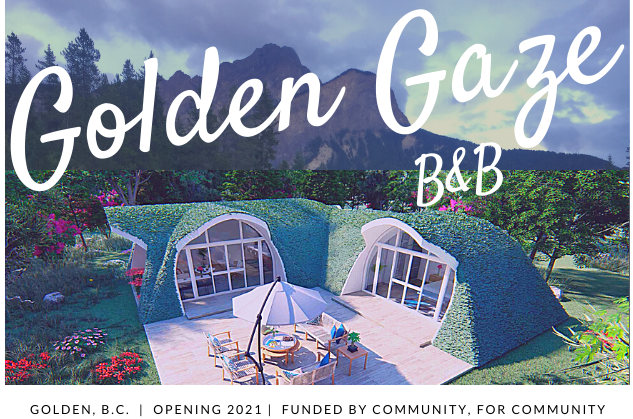
individuals with varying levels of disabilities often face challenges in finding accommodations that are accessible.
How does golden gaze aim to be more inclusive for people with different needs?
Traveling as a disabled person can be extremely difficult at best, and impossible at the worst of times. Our world has not been designed for universal access and it is a human rights violation. Too often, folks with mobility devices can’t even get in the door, or down the airplane aisle, for example.
We want to create a place that takes away the guesswork of if you can even access the space. We want to be dynamically accessible, recognizing that accessibility can be wildly different for different people. Furthermore, we are also committed to being mindful and considerate around weight capacities on all our furniture. Too often the fat community is left out because of poor quality furnishings or equipment that cannot support them in an appropriate way. We want to create a space where all bodies are welcome!
Some of the accessibility features you can expect to see would be: wider hallways appropriate for a turning radius, adjustable beds, roll under sinks, grab bars, ramped entries, and much more. A list of our accessibility measures can be found on our website.
as a queer and black couple, have you faced any challenges in initiating this business?
how are you overcoming this?
As marginalized folks we have had less opportunity to earn capital than others in our society. We have both essentially run underfunded non-profits on our own and learned all of the skills required to run a successful business, without any of the capital rewards that typically come with those skills and labour experience. This is the reason, like most marginalized entrepreneurs, we decided to turn to crowdfunding. With our community’s help we can (1) provide a larger down-payment to secure the larger loan needed to build, and (2) prove market interest in our business concept, and a desire to see more spaces like this exist.
Access to capital has definitely been the biggest roadblock to getting started. The communities who would really benefit from our space are also generally in a position of less disposable income than others, so finding the support within our community also has its own barriers.
Aside from the financial factors, most of our other challenges have been in convincing folks who don’t share the lived experience of being a marginalized person on why there is a need for such places to exist. There is a lack of safety for our communities in the travel world that should be addressed. If you have never experienced inaccessibility, or feeling mistreated on vacation, it’s hard to understand why spaces like this are so needed, but for those of us who have had that be a common experience for us while traveling, Golden Gaze is a refreshing vision for the future of the tourism industry!

is there anything you would like to share with our community of solo female travelers?
We cannot wait to host you! Having done some solo-travelling ourselves, we know that your safety, comfort, and well being are critical to enjoying your time. It can be daunting to travel alone, and so we really want to create a space where you know you’ll be welcome and accepted, and free to exist as you’d like.
Traveling is such a rewarding way to learn more about yourself and your relationships to the world and other folks. To deepen that experience even further, you can do on-site Enneagram and Life Coaching with Katie. We are also happy to create safety check in systems with those who prefer to have someone aware of their whereabouts, plus we are hoping to partner with folks like the Solo Female Travel Network to meet other like-minded travelers!
Are you a travel business owner? Share your stories with our community. Get in touch for a chance to be featured on our website!


